We learned about the Northwest Carriage Museum in Raymond, WA, a number of years ago, and it's long been on our list of places to visit someday. This is actually quite an extensive list, as there are a great many beautiful places in the world we would love to see: visiting even a fraction of the locations people are perpetually telling us we must go to would require the fortune of Midas and a lifespan rivaling Methusalah. Time and money being finite, however, we have to be very careful about how we spend both. We always devote these limited resources to activities which will serve both work and pleasure. While working on my current project, A Trip And A Tumble, Book V in my Tales of Chezemoka series, I found myself researching horse-drawn vehicles of the late 19th-century, particularly phaetons. As is always the case with us, I wanted more knowledge than I could obtain from books alone, and thus doing research for my book provided us with a way to make the 240-mile trip to Raymond serve a purpose beyond fun alone.
My reasons for wanting a phaeton in Book V were rooted in the origins of the story itself. From the time Gabriel and I first envisioned my cycling club historical fiction series, we always knew it should include a travel book, wherein some of the club members venture away from their own city and get swept up in adventures. Travel stories were such an important part of cycling magazines and books of the late-19th-century it would have been virtually anachronistic for the series not to have a travel book. History and geography of the region dictated the locale: in the 1880s the most likely destination for cyclists going abroad from Port Townsend would have been the southern portion of Vancouver Island, Canada, which was known for its good roads and distinctly British civilization. I've been researching the area for years; while reading an 1891 travelogue of an Englishman's journey through Canada I came across a passage that caught my attention —and truly captured my imagination:
One evening I was standing in front of a shop on Fort Street [in Victoria, B.C.], when a very pretty phaeton drew up, with a lady in it, charming enough in look and dress and style for Rotten Row [a very posh section of London —the equivalent of New York's 5th Avenue]. This lady commenced a conversation with a friend upon the side-walk, and I heard what was said. She spoke with a decided London accent, certainly, but in perfectly cultured tones.
A man near me, whom I knew slightly, said to me, as she drove away--
"Well, what do you think of that for an Indian?"
I expressed unbounded surprise, at which he laughed, remarking, "Oh, you Britishers, what ideas you have! Why, some of the loveliest and most delightful women here have Indian blood. That lady is only one of many; they are as much thought of as others… I could show you as many such, who are half, three-quarters, whole Indian."
Source: Roper, Edward. By Track and Trail: A Journey Through Canada. London: W.H. Allen & Co., 1891. pp. 241—244.
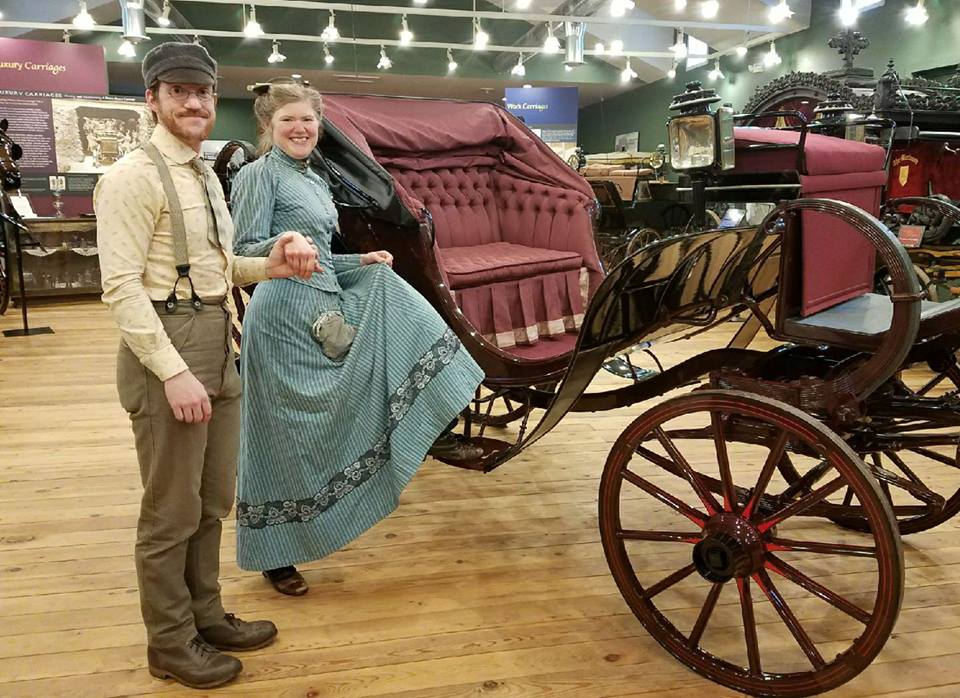

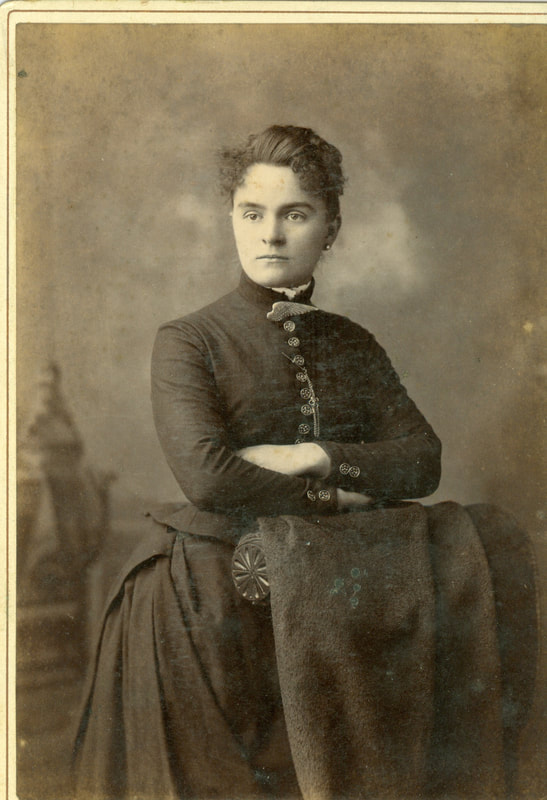
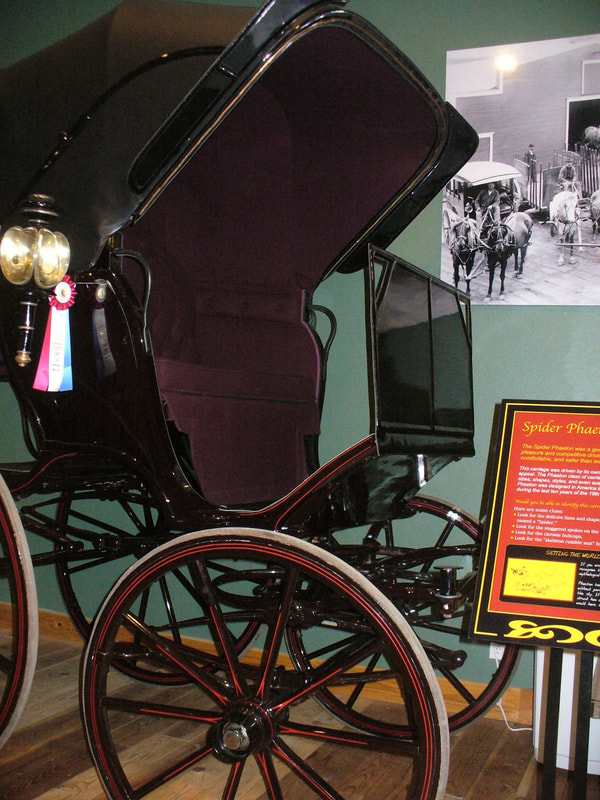
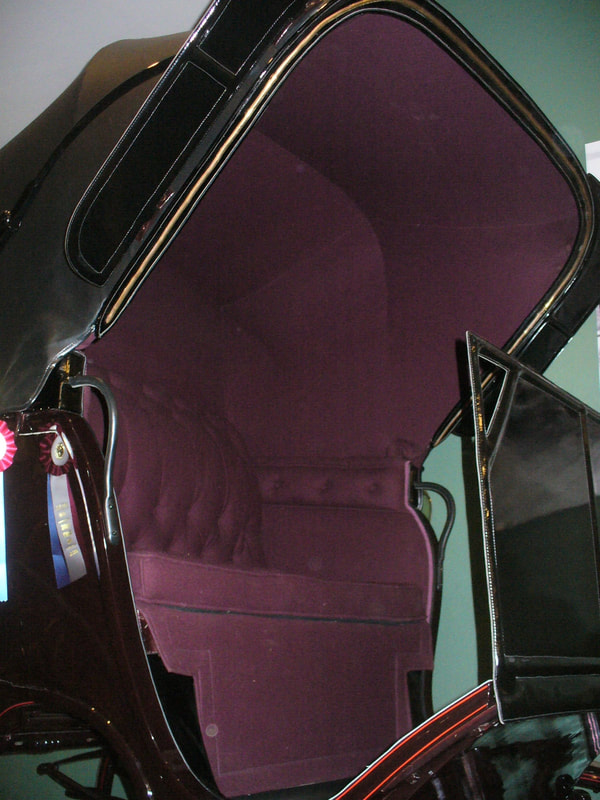

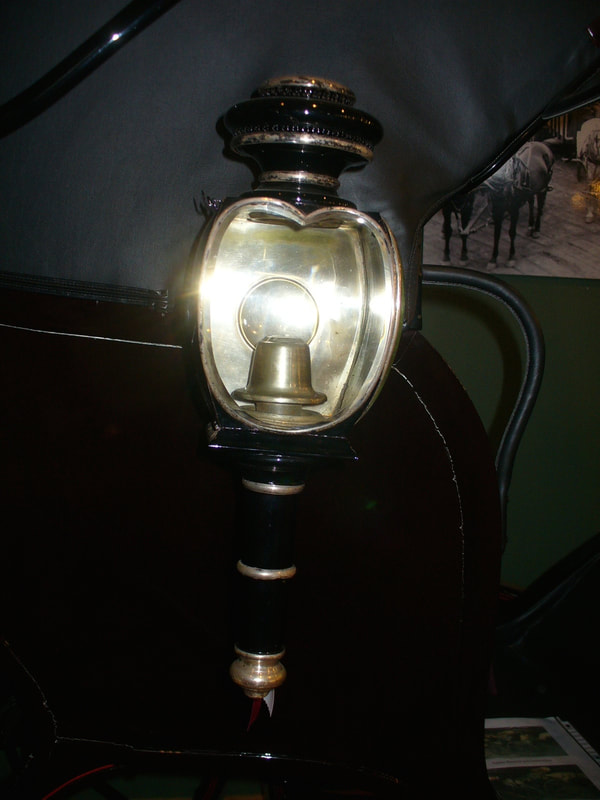
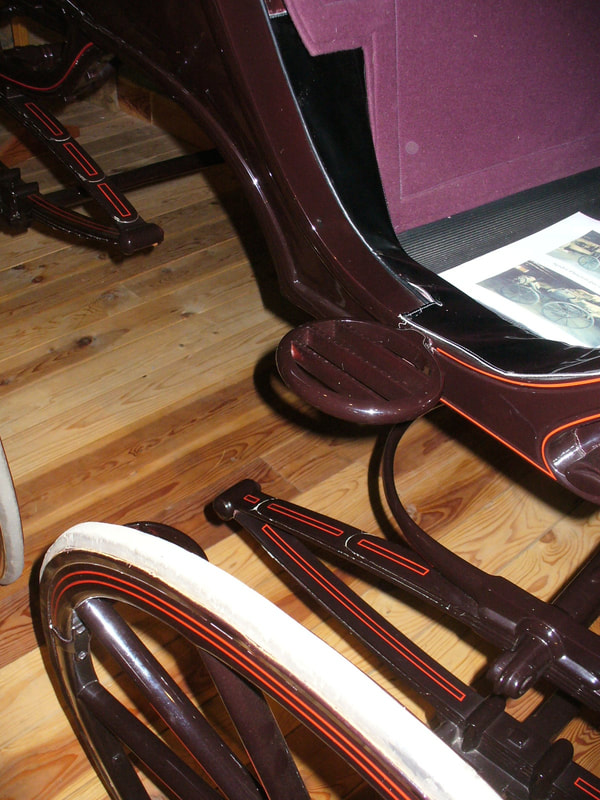
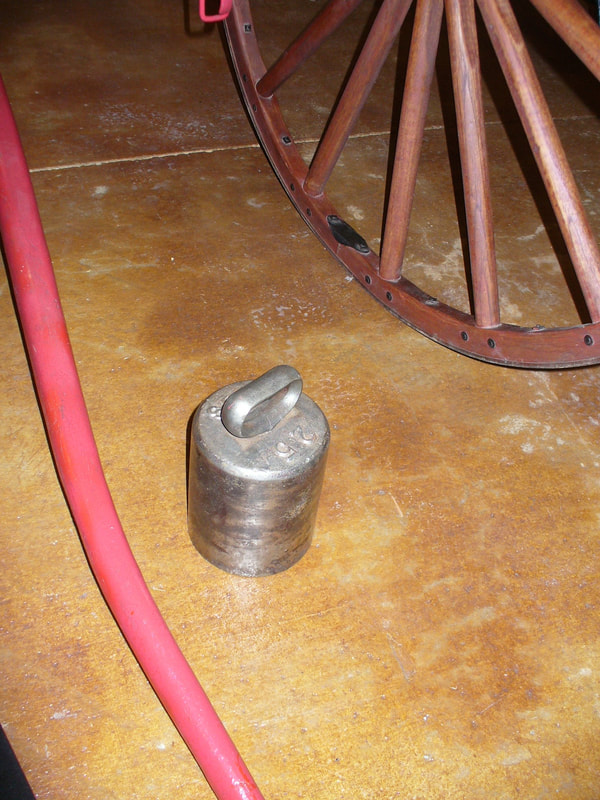
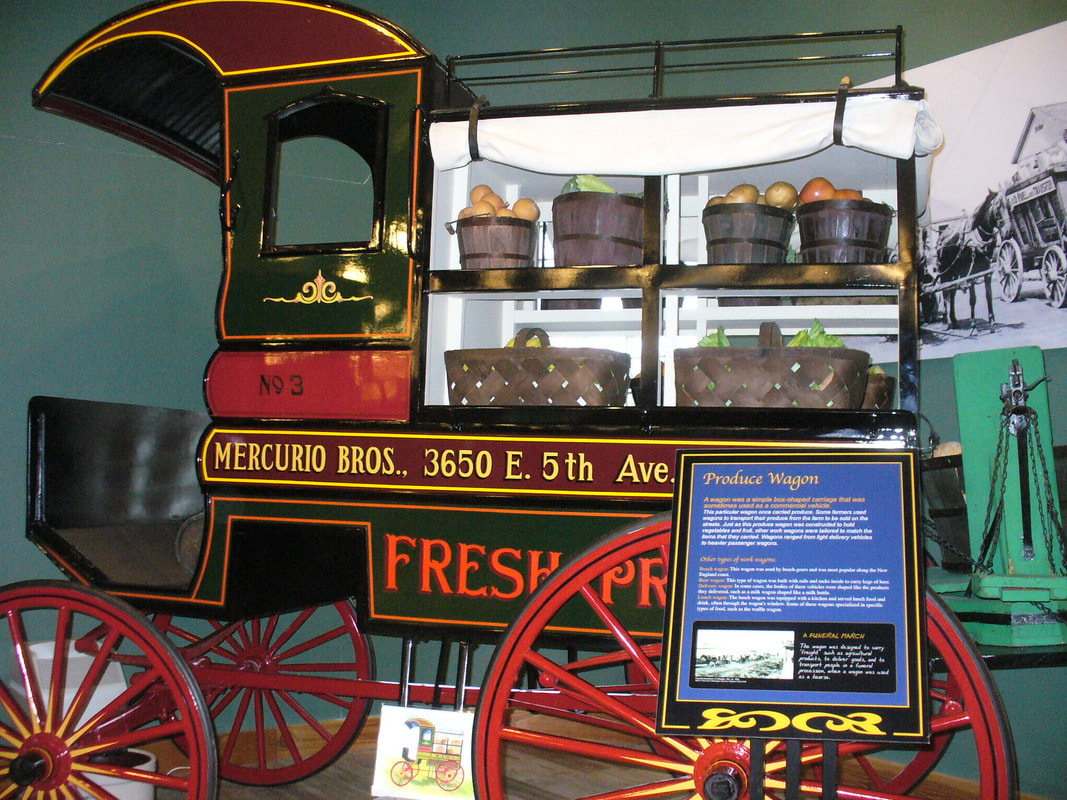

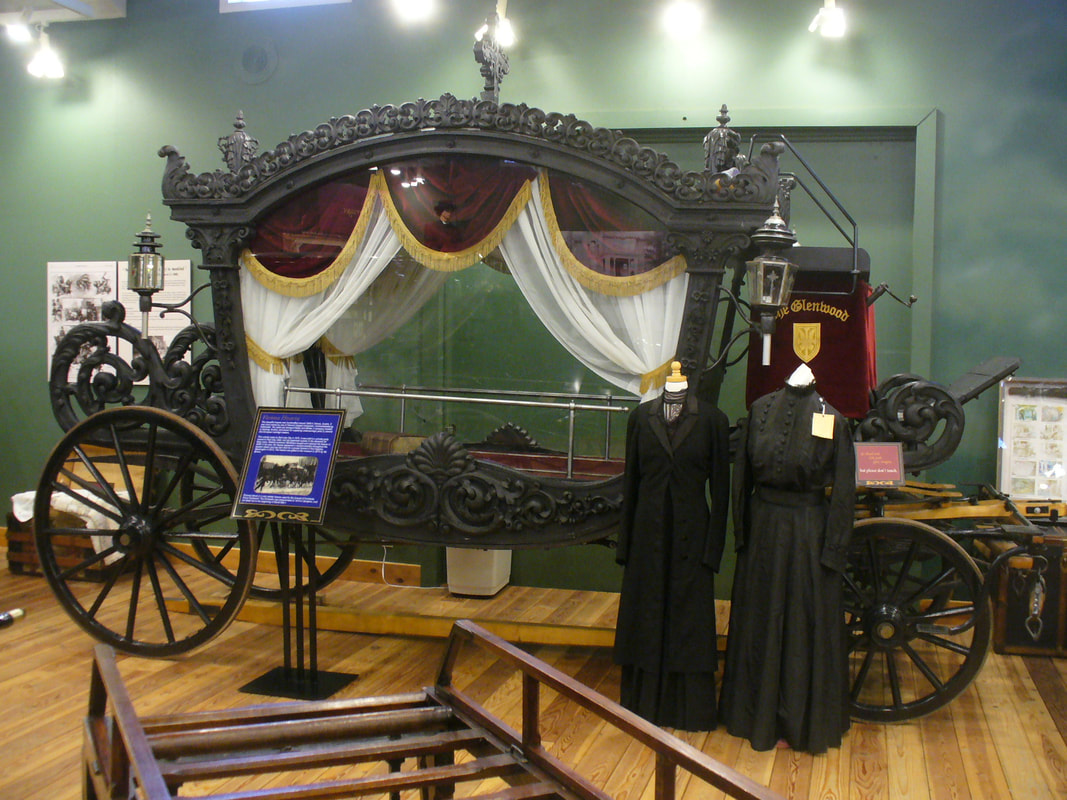


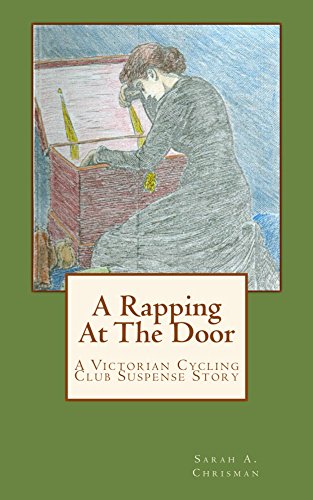
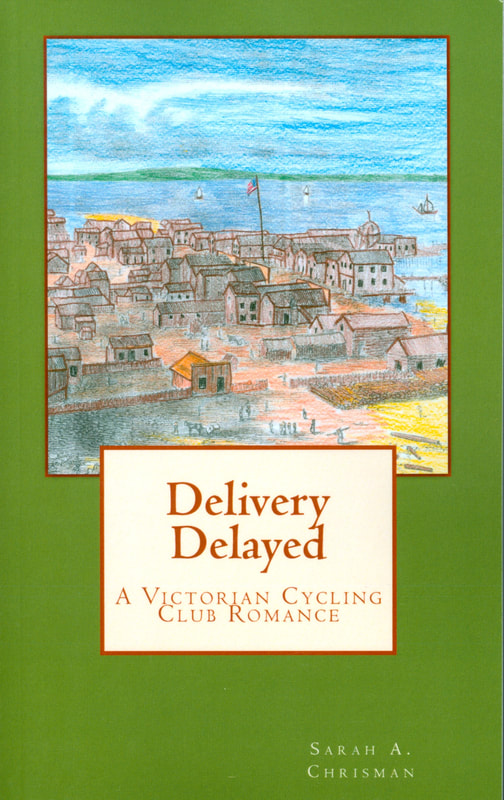
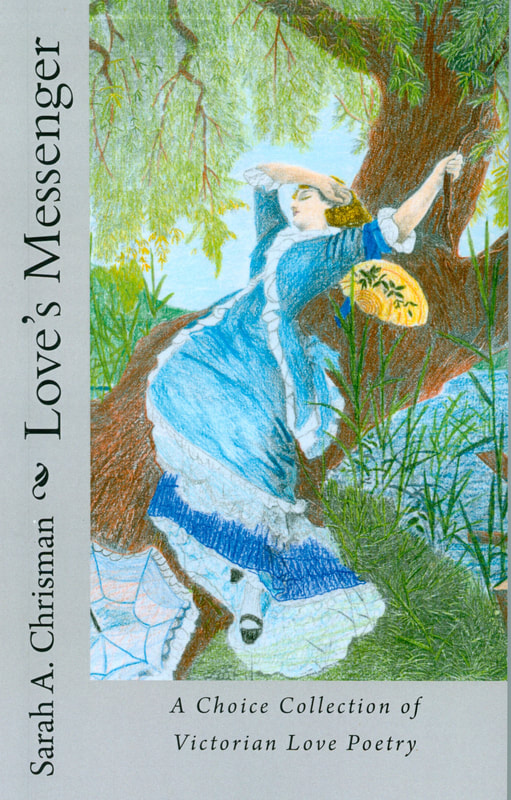

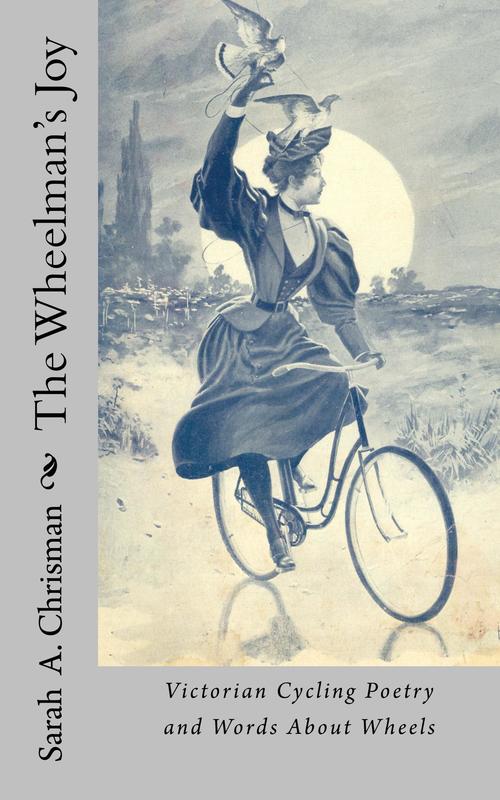
 RSS Feed
RSS Feed